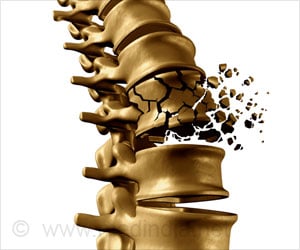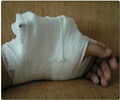Exercises that target bone health found to impact hormone and protein associated with bone growth and formation.
Highlights
- Exercise is generally recommended to prevent obesity, heart disease or diabetes and to maintain health.
- New findings show that long-term, weight-bearing exercises among men, increase IGF-1, a hormone associated with bone growth.
- Increase in IGF-1 promotes bone formation, increases bone density and thus helps in preventing osteoporosis
"People may be physically active, and many times people know they need to exercise to prevent obesity, heart disease or diabetes," Hinton said. "However, you also really need to do specific exercises to protect your bone health."
For the study, men aged 25 to 60 years, who had low-bone mass were recruited.
They were split into two groups
- One group was instructed to perform resistance training exercises such as lunges and squats using free weights
- The other group performed various types of jumps, such as single-leg and double-leg jumps
"We saw a decrease in the level of sclerostin in both of these exercise interventions in men," Hinton said. "When sclerostin is expressed at high levels, it has a negative impact on bone formation. In both resistance and jump training, the level of sclerostin in the bone goes down, which triggers bone formation."
The decrease of harmful sclerostin levels and the increase in beneficial IGF-1 levels confirms that both resistance training and jump training have beneficial effects on bone growth.
Engaging in exercises that target bone health, such as resistance training and jump training, helps to increase bone mass and prevent osteoporosis.
The study, "Serum sclerostin decreases following 12 months of resistance- or jump-training in men with low bone mass," was published in Bone.
Reference
- Pamela Hinton et al. Serum sclerostin decreases following 12 months of resistance- or jump-training in men with low bone mass. Bone; (2017) DOI: 10.1016/j.bone.2016.10.011
Source-Medindia
















